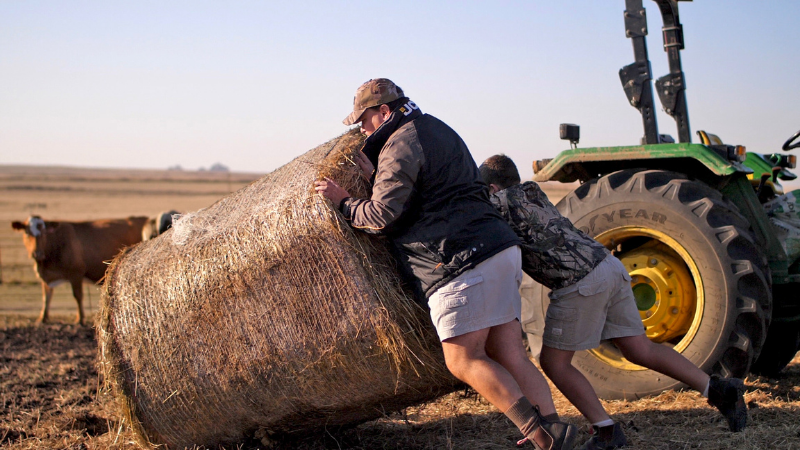by The Southern African Agri Initiative (SAAI)
Description
A third of South Africa is currently facing a drought crisis that has reached such serious levels that entire communities are in trouble, including agricultural businesses. This is the third consecutive year that the dry conditions loom, in some areas even longer, and it has caused a major debt problem for the most part of family farmers. Because of ongoing debt, farmers are unable to get financing and obtain production loans.
Instead of using land as collateral, the project consists of a supply contract or production contract that stipulates a price and a supply date; inputs are then financed based on that. Comprehensive harvest insurance is a requirement for the project as well.
Participating family farmers are organised into a traditional agricultural co-operative. The co-op will enter into a supply contract, lend money for seed, fertiliser, diesel, pesticides and insurance, and rent for the mechanisation that farmers need.
Regardless of how solidly such a scheme is structured, even in the most favourable scenario, a producer will need his own minimum contribution of 30% to obtain financing. In order to cover that 30%, the five largest input suppliers were requested to each leave 6% of their invoices in the pool until the supply contract is honoured. In Saai’s proposed plan, the input suppliers will help carry a portion of this risk.
SAAI and its network partners also offer assistance in this regard. Crowdfunding, fundraising projects and corporate donations will contribute to a newly established collateral fund. There are even some well-known artists who offered to donate proceeds of their concerts to the fund. The fund will serve as a first risk buffer and contribute to making the project and its farmer-beneficiaries bankable. Should the co-op not be able to repay its debts to the banks, the collateral fund will take responsibility for a percentage of the debt.
In 2015 the Southern African Confederation of Agricultural Unions (SACAU) started a similar pilot project in Arusha, Tanzania during which excellent agricultural technical advice was shared by input suppliers. A portion of their profits was still on the farmlands and they were readily available to advise the farmers and look after their interests.
Results
This innovative financing model is currently aimed at farmers whose farming activities have been debilitated by the drought in certain areas of South Africa. If implemented successfully, it has huge potential for production finance in other disaster areas, communal areas and for beneficiaries of land reform, where land cannot be offered as security against loans.
Climate smartness*
Climate-smart financial mechanisms are very important as a way to reduce agro-climatic risks and therefore, increasing resilience to climate variability. This initiative may benefit from tailored capacity building in local adaptation planning in order to understand how using current climate vulnerability and short-term weather forecasts, farmers can plan their agricultural activities (crop planning, management and harvest) accordingly. Therefore, it could reduce the probability of yield losses when knowing how the weather may behave and how each crop may be affected (e.g. water stress indicators).
This will reduce the chance of losing the investment and better prepare to deal with climate variability.
In some countries, index insurance products have been developed and put in place in order to secure farmers investments even before finishing the cropping season, because the triggers are associated to climate variables rankings according to the crop, agro-ecological zone, among other criteria (Greatrex et al. 2015).
*This is done in the framework of climate-smart agriculture (CSA) approach. Climate-smartness in agriculture means understanding impacts of climate change and variability along with the agricultural activity, which includes the planning of what crop to plant, when to plant, what variety to plant and what type of management practices are needed to reduce the impact on the environment (e.g. emissions reduction), maintain or increase productivity (e.g. yields) while increasing resilience and improving livelihoods.


